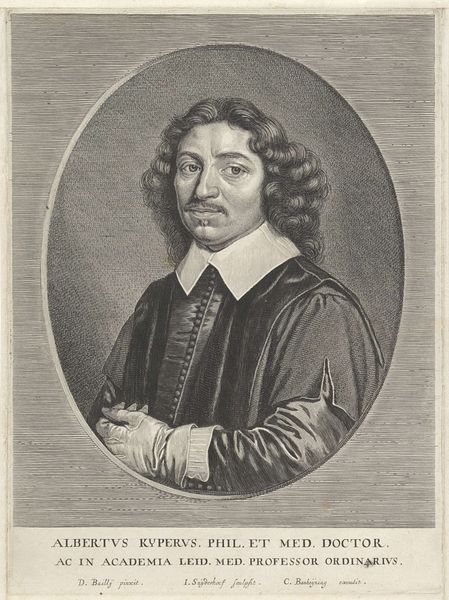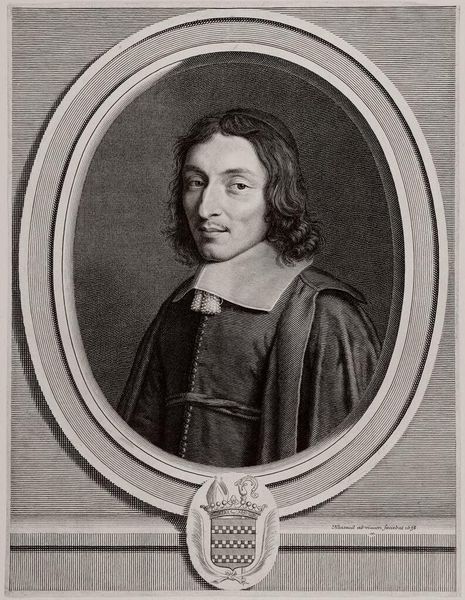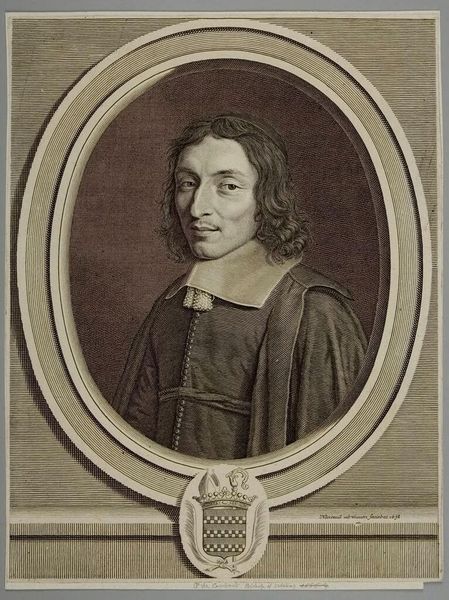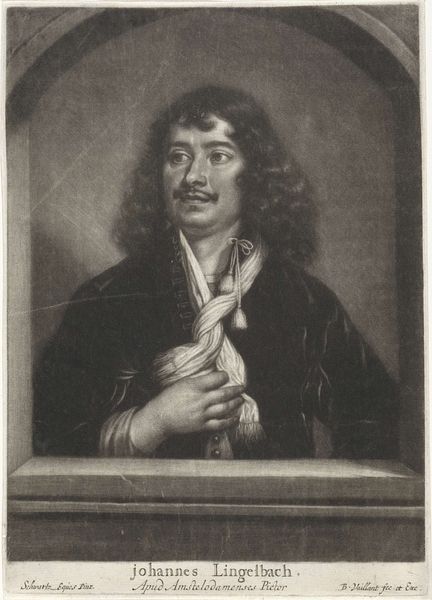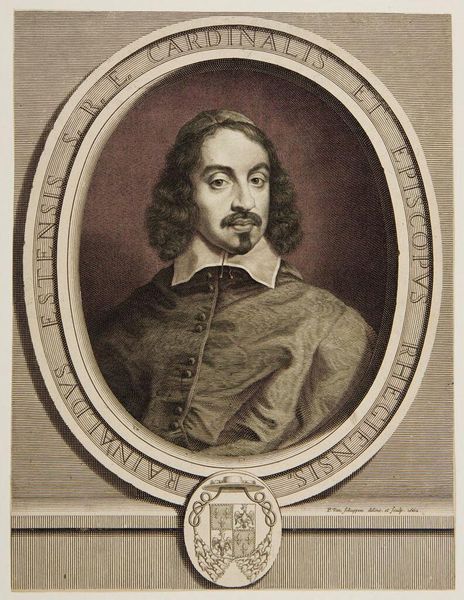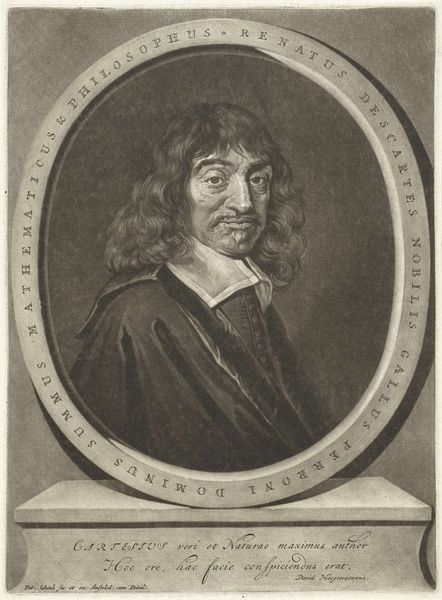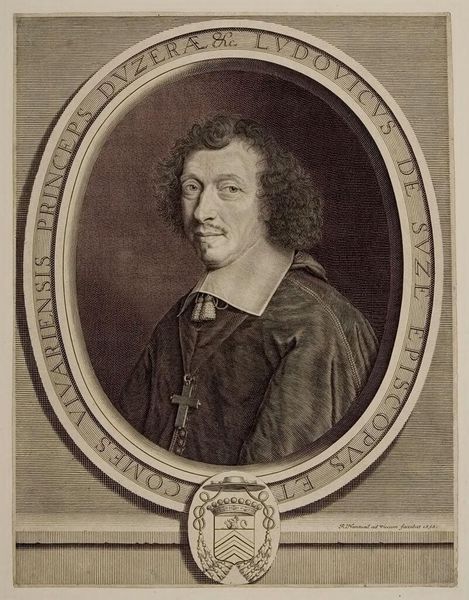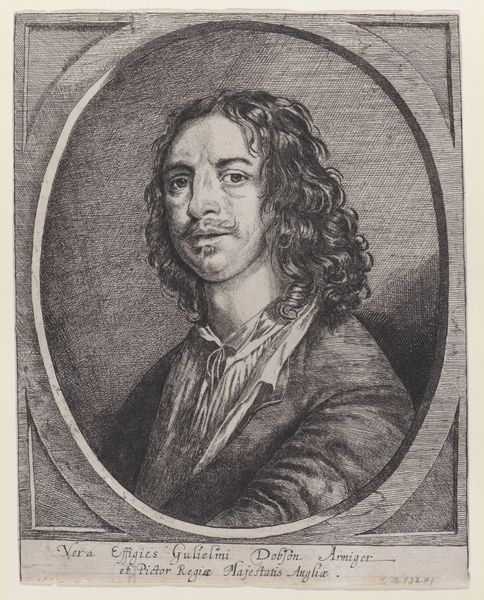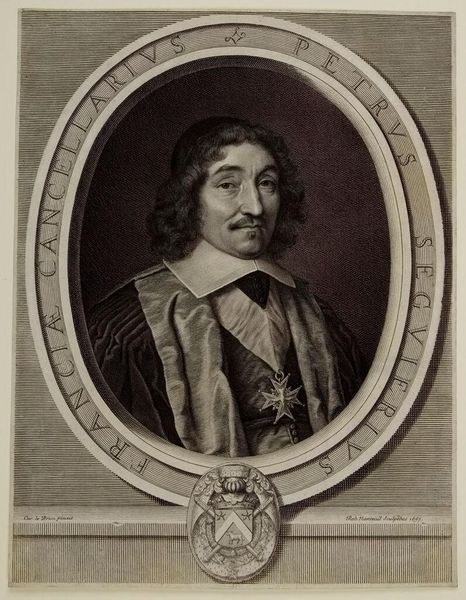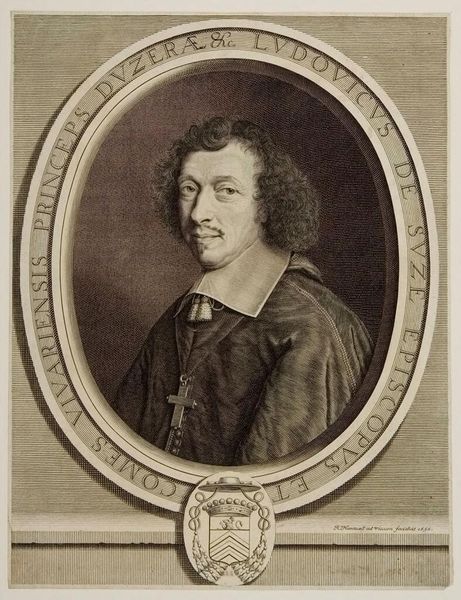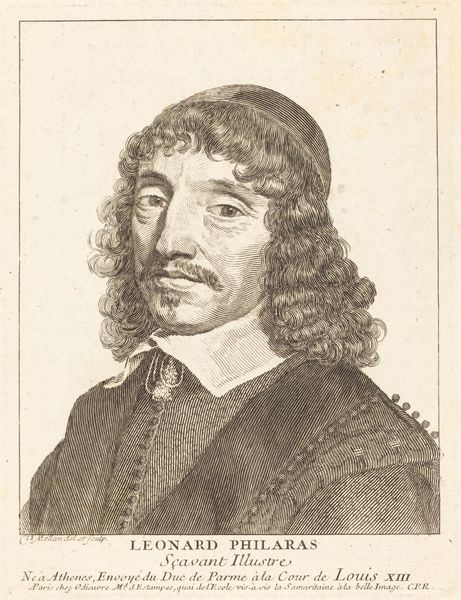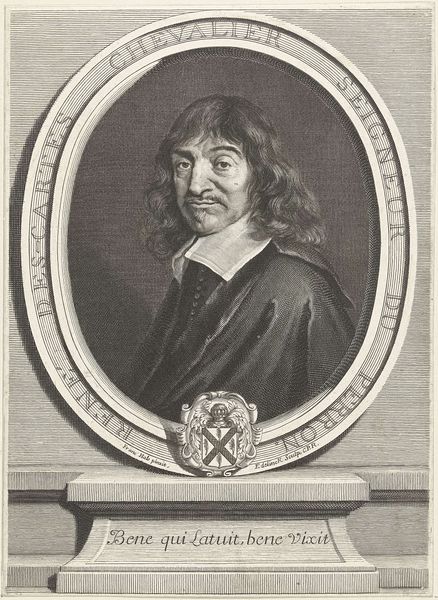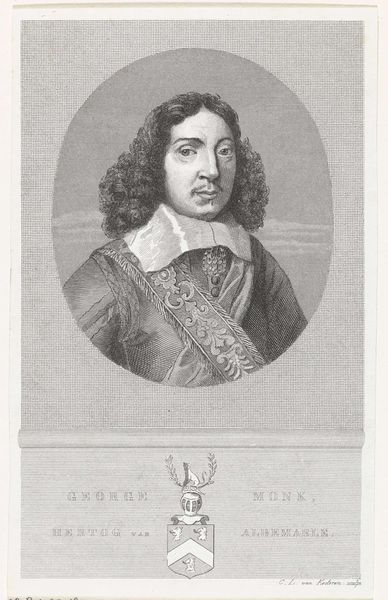
print, engraving
#
portrait
#
baroque
#
portrait
# print
#
engraving
Copyright: Public domain
Curator: Looking at "Albert Kyper," a print from 1655 by David Bailly, I'm immediately drawn to the remarkable detail achievable through engraving. It’s compelling, almost photographic in its precision. Editor: There's an austere formality to it, isn’t there? What do we know about how portrait prints functioned in this period? Curator: Well, portrait engravings like this played a crucial role in shaping public personas, especially for intellectuals and professionals. Bailly created this as a promotional image; it aimed to circulate Kyper's image within the academic and intellectual circles of Leiden. The inscription below directly names his titles at the University. Editor: The lines feel so meticulous, what’s significant about the process? It doesn’t seem quick. Curator: Indeed. Engraving is painstaking work, a laborious, subtractive process where the artist uses a tool called a burin to carve lines into a metal plate. Ink is then applied to the plate, filling the grooves, and the surface is wiped clean. Paper is pressed against the plate to transfer the inked image. Each print would have taken substantial time, thus making multiples both economical, and political in its outreach. Editor: I see what you mean about its influence! And how do you see the context influencing what this image portrays of its subject? Curator: I'm especially interested in the role that printmaking plays in standardizing imagery. This controlled representation allowed a professor to perform himself in ways appropriate for learned culture at that time, and circulate it accordingly. The choice of medium underscores the seriousness and enduring qualities that Kyper aimed to embody. Editor: That adds such an insightful layer to how we interpret images of figures from history, doesn't it? Curator: Precisely. Exploring the physical construction reveals its impact in communicating cultural values, and, ultimately, establishing individual and institutional visibility. Editor: Thinking about the layers of history and craftsmanship, the value really stems from that intensive physical labor and contextual purpose coming together. Curator: I concur. The portrait of Albert Kyper encapsulates not just a likeness but the cultural values etched into the lines of its making.
Comments
No comments
Be the first to comment and join the conversation on the ultimate creative platform.
